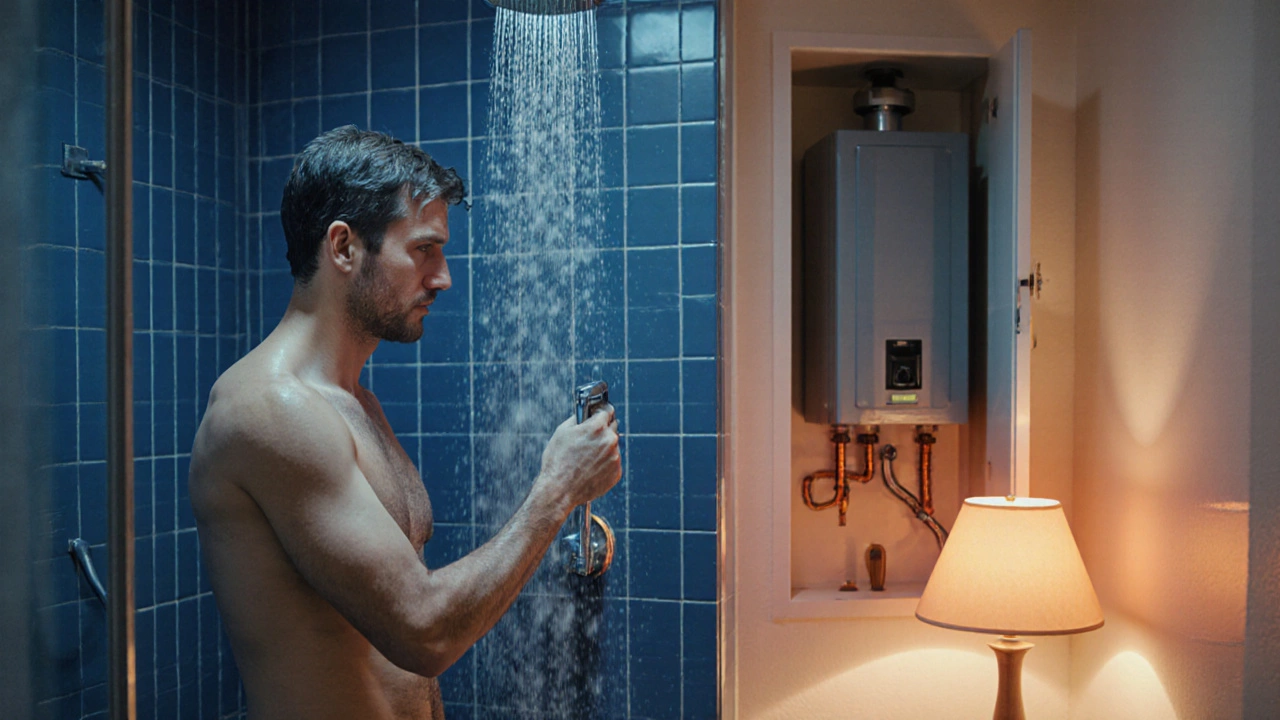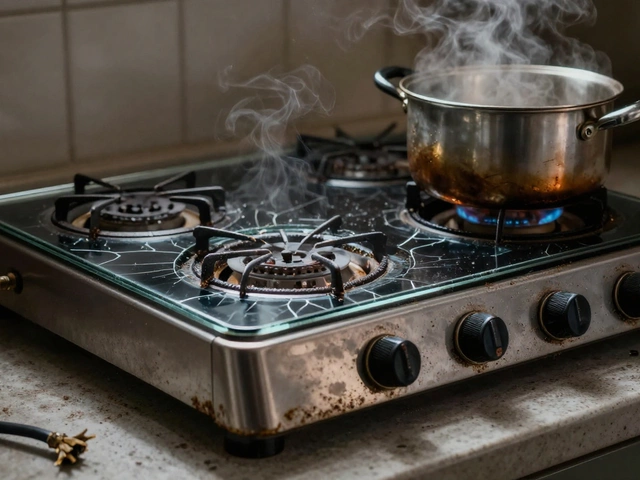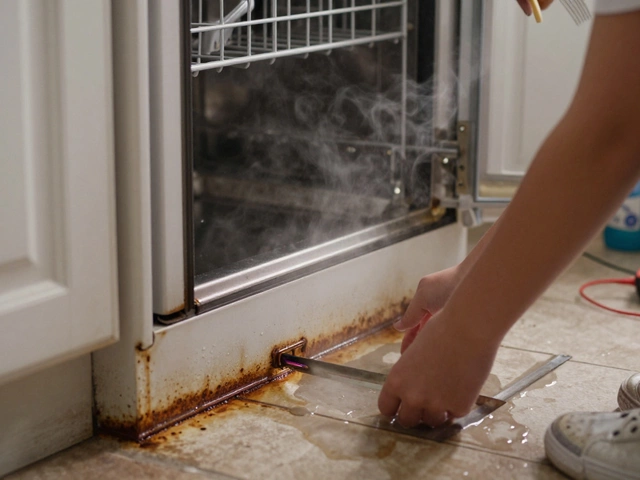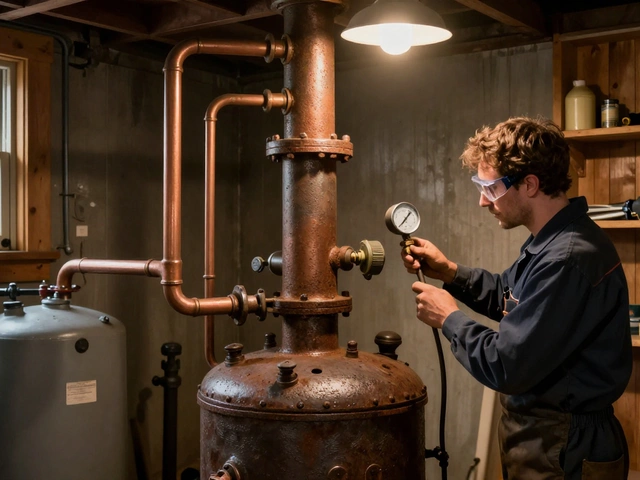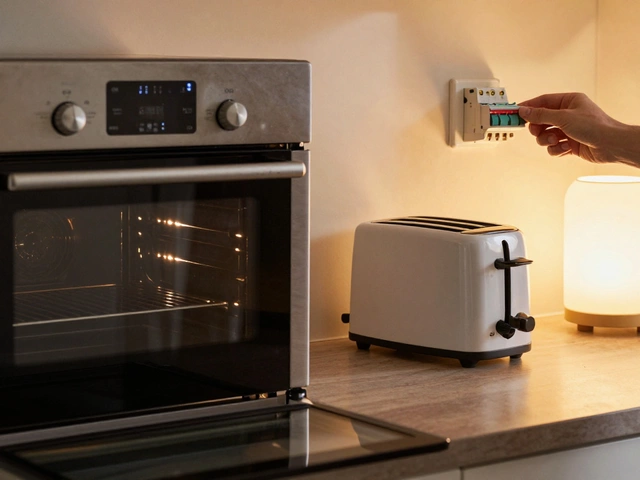Thermostat Testing: Your First Step to Reliable Home Appliances
When working with thermostat testing, the process of verifying a thermostat’s accuracy and operation in home appliances. Also known as temperature control check, it helps prevent energy waste and equipment damage. A good test starts by measuring the current reading against the set point, then confirming the sensor reacts correctly when you adjust the dial. Water heater thermostat controls the temperature of hot water in both electric and gas units is a common culprit when showers turn lukewarm; a simple resistance test can reveal a failing element. Likewise, oven thermostat regulates the bake temperature in residential ovens often drifts after years of use, leading to uneven cooking. Heat pump moves heat between indoor and outdoor environments for heating and cooling relies on precise thermostat signals; any lag can cause the system to cycle excessively. Even a boiler provides hot water and central heating through a heated water loop benefits from accurate thermostat testing, as a mis‑set sensor can over‑pressurize the system. In short, thermostat testing encompasses checking sensor output, validating control logic, and confirming the device communicates correctly with the appliance’s controller.
Why does this matter? Because every major appliance you rely on—water heaters, ovens, heat pumps, boilers—shares a common thread: they all need a reliable thermostat to function efficiently. Thermostat accuracy directly impacts energy consumption and component lifespan is a metric you can improve with a multimeter and a few simple steps. For a water heater, you’ll disconnect power, locate the thermostat, and compare its resistance to manufacturer specs. In an oven, you’ll use an oven probe to see if the internal temperature matches the dial setting, then adjust the calibration screw if needed. With heat pumps, you’ll monitor the outdoor unit’s sensor while the indoor thermostat calls for heat, noting any delay. Boiler checks involve feeling the pipe temperature after the thermostat signals a call for heat, ensuring the water warms within the expected timeframe. Each of these checks follows the same logical flow: isolate, measure, compare, and adjust. The pattern shows that mastering thermostat testing for one device gives you a transferable skill set for the rest.
What You’ll Find Below
Below this intro you’ll discover a curated set of guides that walk you through real‑world thermostat issues. From fixing a cold water heater by testing its thermostat to diagnosing why an oven won’t heat, each article breaks down the steps, tools, and safety tips you need. Whether you’re a DIY enthusiast or just want to understand what the technician is doing, these posts give you the confidence to ask the right questions and maybe even solve the problem yourself.
How to Diagnose a Faulty Hot Water Heater Thermostat
- Alden Wilder
- Oct 13 2025
- 0 Comments
Learn how to spot a bad hot water heater thermostat, test it safely with a multimeter, replace it yourself, and troubleshoot related issues in this step‑by‑step guide.
View More